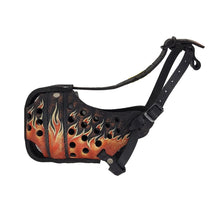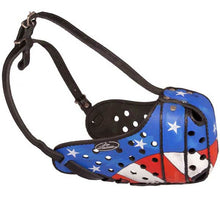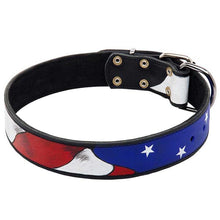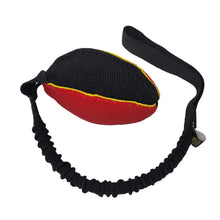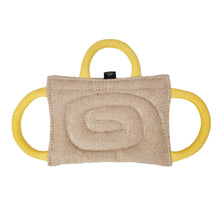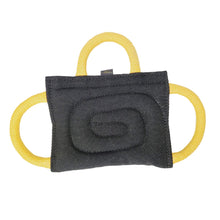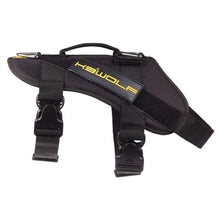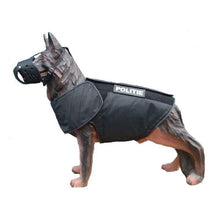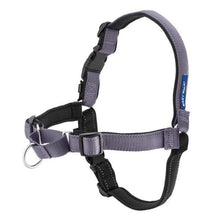Different Types of German Shepherds, Which Is Right For You?

If you’re thinking about getting a German Shepherd or just curious about the breed, here’s an introduction to the different types of German Shepherds. This is a great introduction to the breed and starting point to help you choose the line that will best fit into your life.
German Shepherds were originally bred to be working dogs and are smart, confident, dominant, and brave. They are an active breed that requires lots of time, attention, training, exercise, and mental stimulation.
Originally created in Germany by Captain Max von Stephanitz in 1899 to serve as herding dogs, today they are used in law enforcement, search and rescue, drug detection, personal protection, obedience, sports, and as loving pets.
The first distinction between German Shepherds is working versus show lines. This is an important distinction to make when choosing the right dog.
As the name suggests, working line German Shepherds were originally bred to work. They have a high prey drive, lots of energy, and are willing to perform tasks to please their handlers. They have a high pain tolerance, strong nerves, and will run toward danger rather than away from it. These great attributes also come with the responsibility of lots of training to keep them busy, safe, happy and content.

Working lines are smart, athletic, agile, confident, brave, and naturally protective. They fit best into an active family who can provide them an outlet for their amazing capabilities and are perfect for a person who wants to participate in dog sports, tracking, search and rescue, and much more. Their ability to make a good family pet depends on their training and the investment of time by the owner.

Physically, working dogs are more compact with a straighter back and less hind leg angulation. They are bred for their working abilities first and their appearance second. Their coats may be shorter and more course than their show line counterparts.
Working lines include the DDR or Deutsches Demokratische Republik German Shepherd. These dogs originated in East Germany and were bred to serve in both World Wars and outperform working line German Shepherds. The East German Communist Party controlled the breeding of these dogs and strictly eliminated undesired traits and health problems, such as hip dysplasia. Today, there are many breeders dedicated to preserving this line and they make excellent working dogs and active pets.

Czech Working lines were originally bred from these DDR dogs to serve with the Czech Army on border patrol. This newer line is smart, fast, and also benefited from a strict breeding program. Like the DDR, they can make excellent working dogs as well as active family pets when properly trained.
Show Lines
Show lines were bred to meet the demands of people who admired the breed but desired a calmer, less demanding pet. While still active, naturally protective, and confident, these dogs are bred for their appearance and temperament.

These show lines are typically larger than working line dogs and are highly trainable. While less driven than working line German Shepherds, show lines are also smart, active, enjoy training, sports, and human companionship. They make great pets and also can participate in organized sports and activities.

Show line German Shepherds include American, Canadian and German lines. The show lines are identified by their sloped back and angled back legs that give them the “flying trot.” The American and Canadian lines are regulated by the American Kennel Club and Canadian Kennel Club.

German show lines are bred for their appearance, temperament, and conformation. They should have obtained working titles before being bred. Physically closer to the original German working line standard, they have less hind end angulation and carry more of the original German Shepherd traits than American and Canadian show line dogs.




